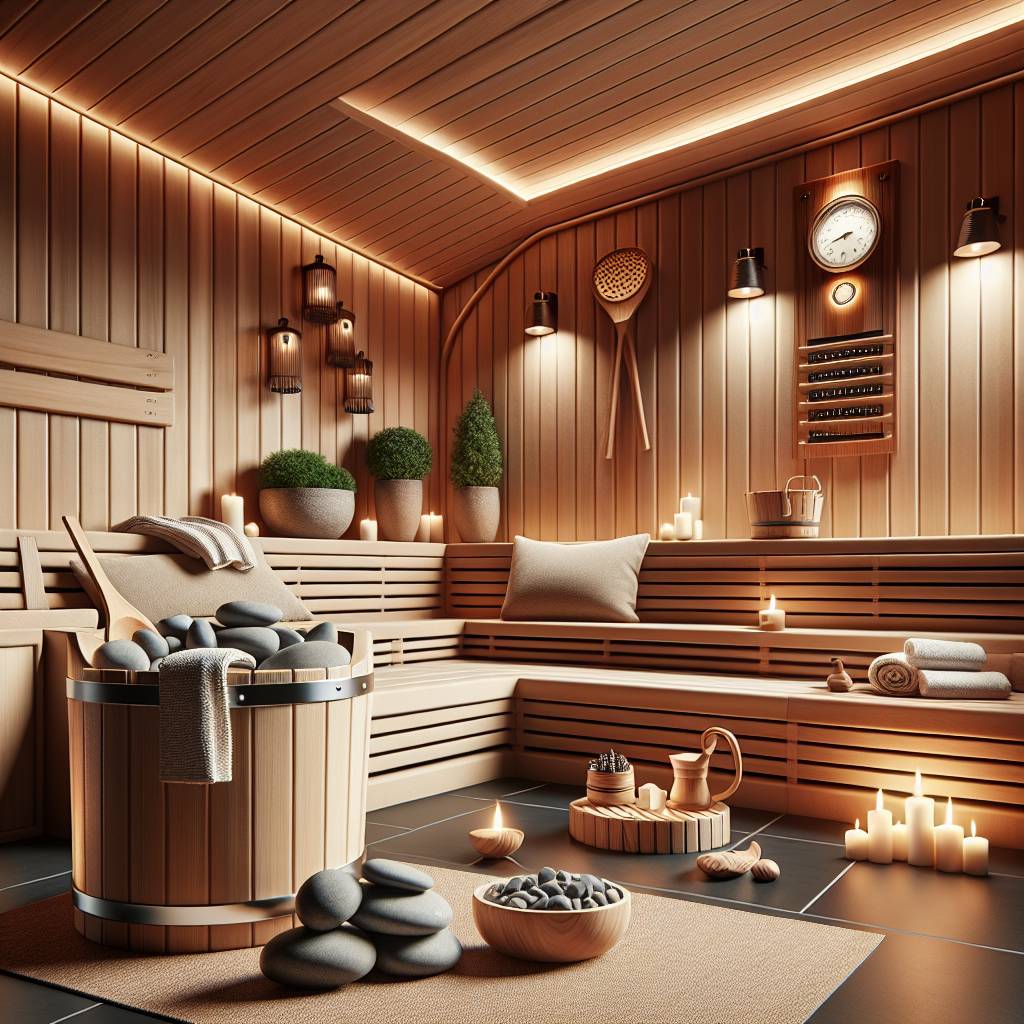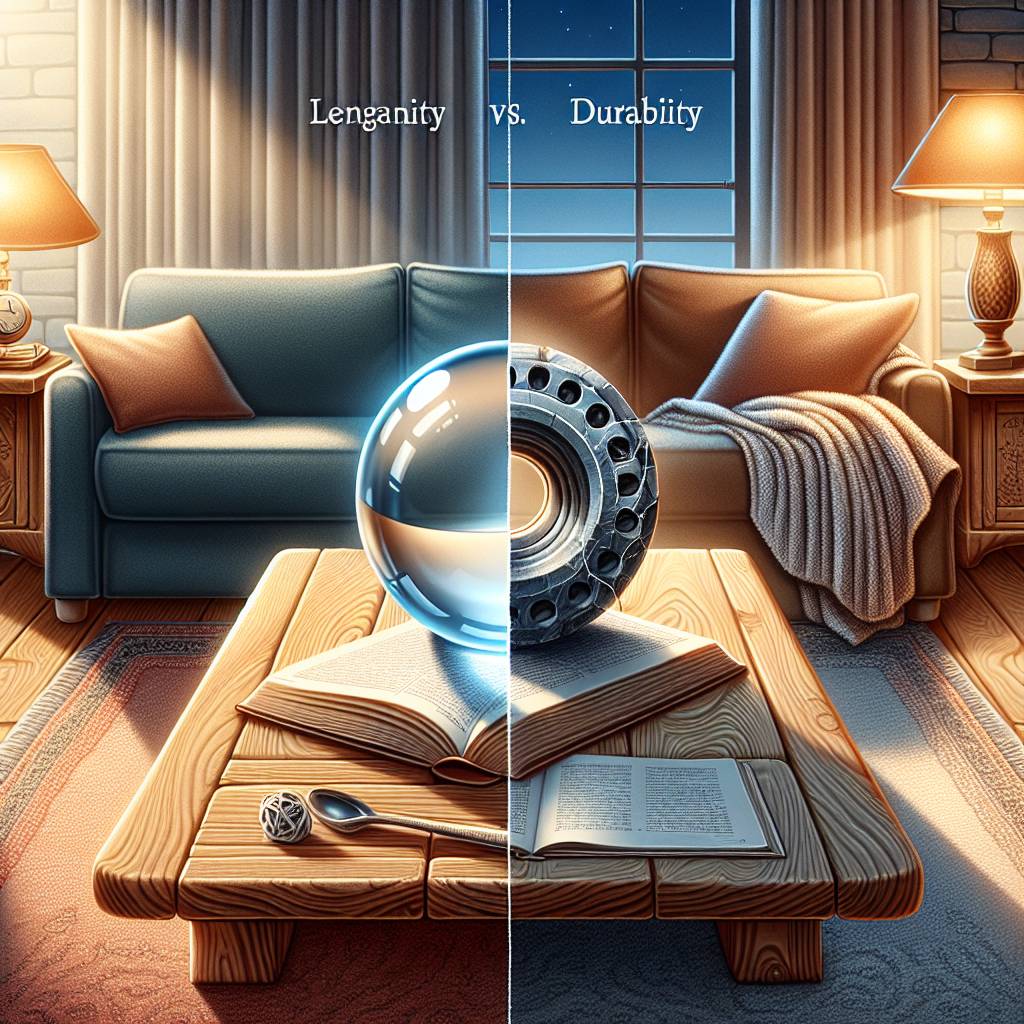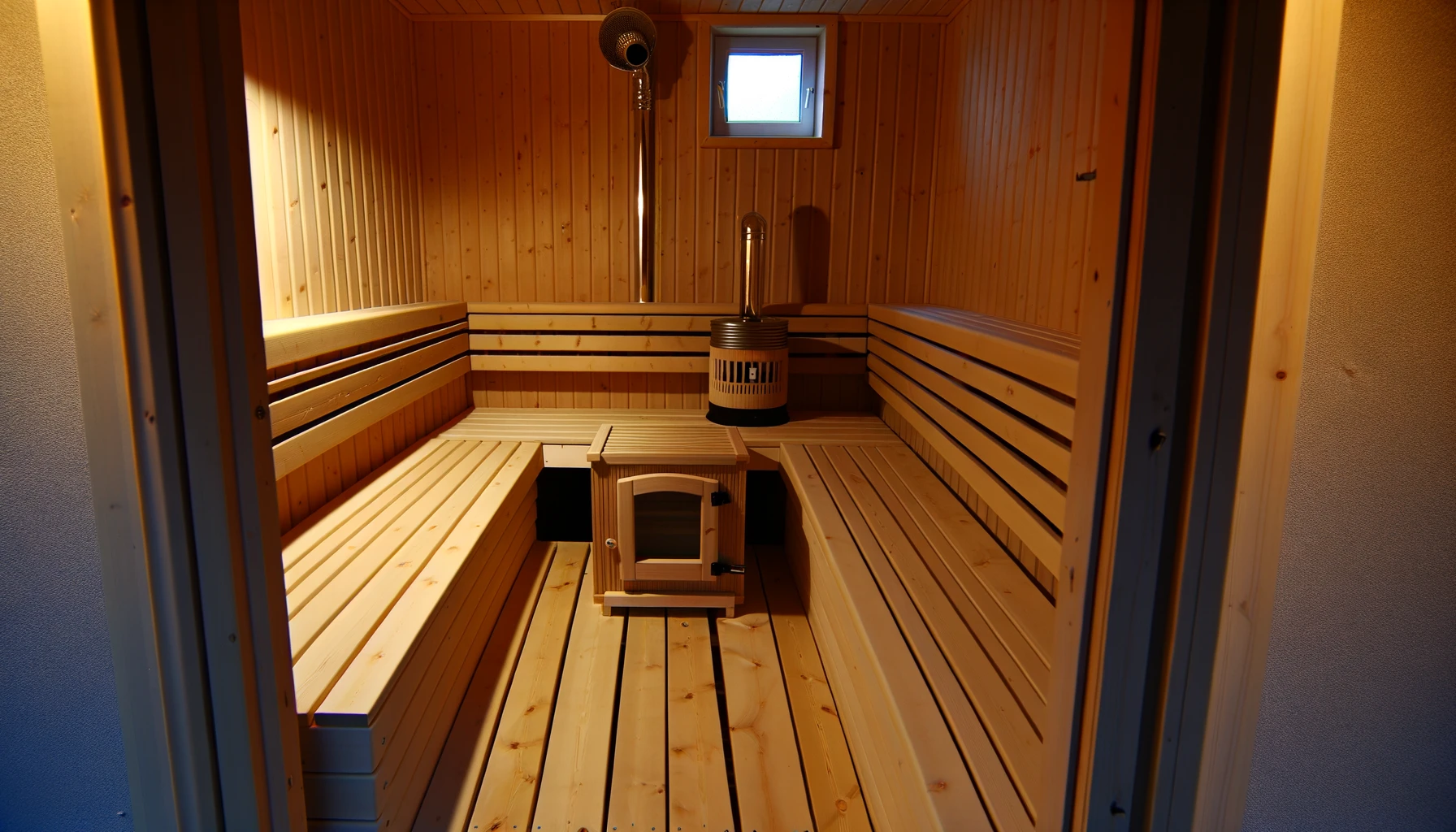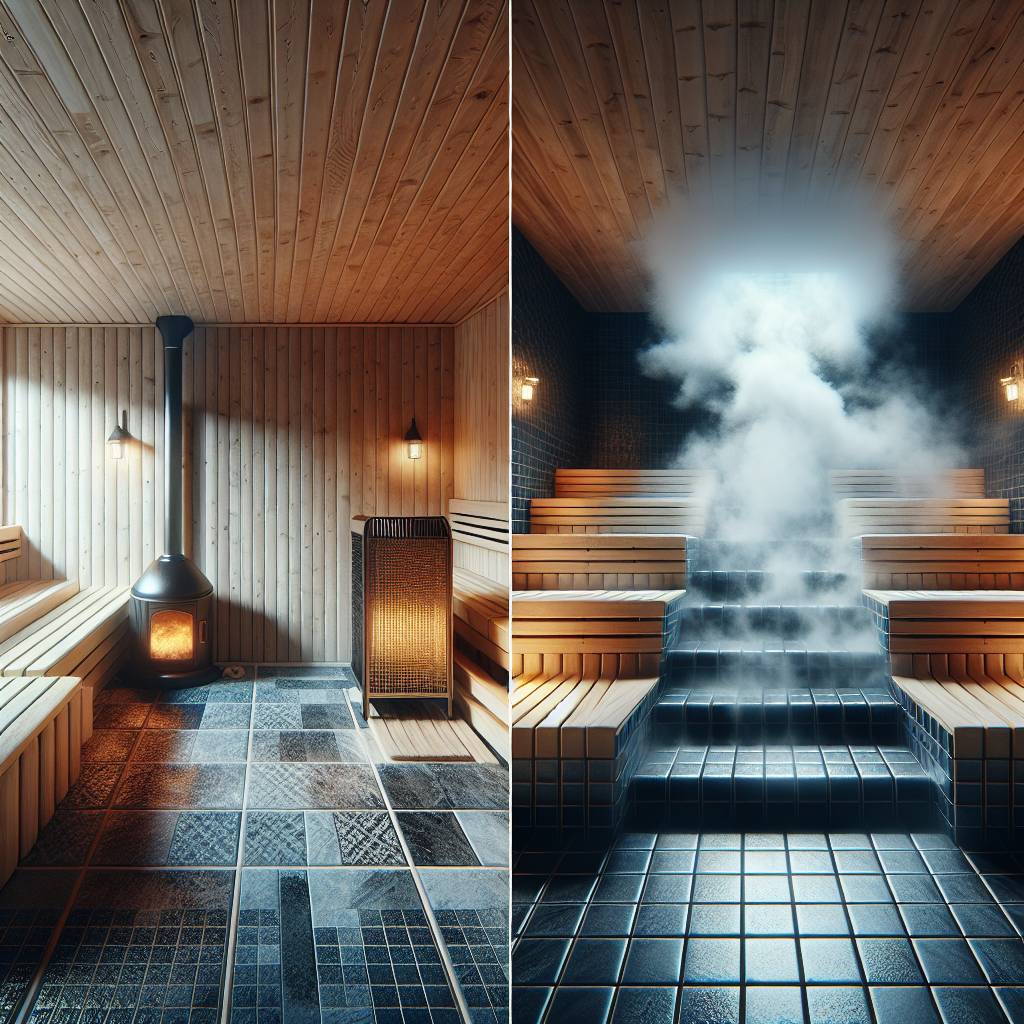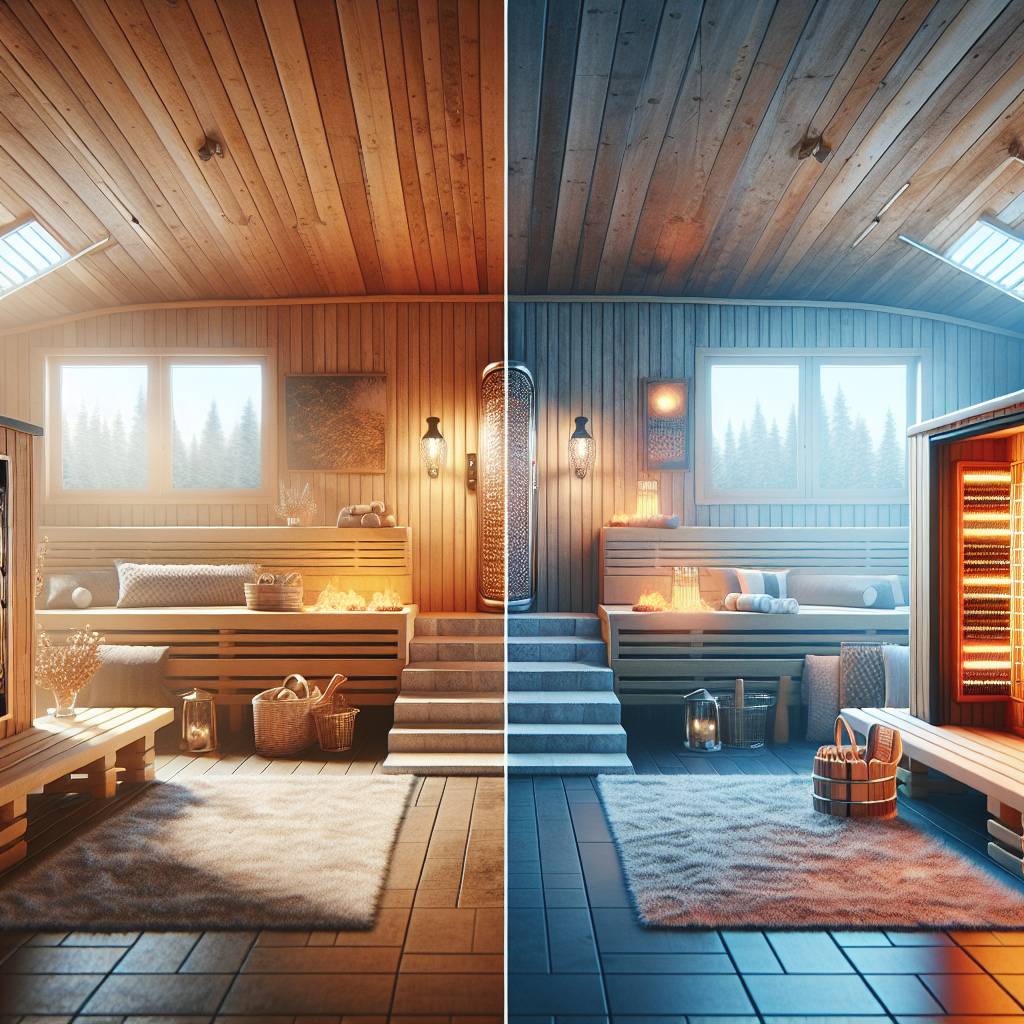Did you know that improper installation of electric, steam, and infrared saunas, as well as the electrical setup, can lead to safety hazards and inefficiencies? When setting up these home wellness units, various crucial factors must be considered to ensure optimal performance and user safety. From electrical requirements to ventilation needs, each aspect plays a vital role in the functionality and longevity of your sauna investment. Understanding these installation considerations is key to enjoying a relaxing and beneficial sauna experience at home.
Key Takeaways
- Choose the Right Sauna: Select an electric or infrared sauna that suits your space and preferences, considering factors like size, material, and design.
- Prepare Adequately: Prior to installation, ensure your chosen location has proper ventilation, flooring, and electrical access for a smooth setup process.
- Follow Electrical Guidelines: Adhere to specific electrical installation instructions provided by the manufacturer to guarantee safe and efficient operation of your sauna.
- Calculate Power Requirements: Determine the electrical needs of your sauna based on its size and type to prevent overloading circuits and ensure optimal performance.
- Enhance Your Experience: Personalize your sauna environment with accessories like lighting, sound systems, and aromatherapy to create a relaxing atmosphere.
- Prioritize Safety: Install essential safety features such as emergency shut-off switches, proper grounding, and regular inspections to safeguard against accidents.
Choosing Your Sauna
Electric vs Infrared
Electric saunas utilize traditional heating elements, while infrared saunas use infrared light to heat the body directly. Infrared saunas are more energy-efficient due to their ability to heat up quickly.
Electric saunas rely on heating the air inside the unit, which can take longer and be less efficient than infrared saunas. Infrared saunas, on the other hand, heat objects directly, resulting in faster heating times.
The quick heating times of infrared saunas make them a popular choice for those seeking immediate relaxation and therapeutic benefits.
Heater Size and Power
For optimal performance, it is recommended to have a power output of 1 kW per 50 cubic feet of sauna space. Design elements like glass walls can impact the heater size needed due to heat loss.
Outdoor saunas without proper insulation may require additional heating power to maintain the desired temperature levels during colder months.
Energy Efficiency
Infrared saunas are known for their energy efficiency as they require less power to operate compared to electric saunas. Regular maintenance of infrared saunas contributes to long-term energy savings by ensuring optimal performance.
Compared to conventional electric heaters, infrared heaters are more energy-efficient due to their direct heating mechanism, resulting in lower energy consumption over time.
Preparing for Installation
Ideal Placement
When installing an electric or infrared sauna, strategic placement is crucial for optimal performance. Consider factors such as proximity to power sources and ventilation.
To ensure the ideal location, avoid placing the sauna in damp areas to prevent damage to the unit. Choose a spot with easy access for maintenance.
Common mistakes in sauna placement include installing it too close to walls or furniture, hindering proper heat circulation. Optimal placement enhances both safety and functionality.
Space Requirements
For installing electric or infrared saunas, consider space requirements to accommodate the unit’s dimensions and ventilation needs.
The size of the sauna directly impacts its heating efficiency, so ensure adequate space for optimal performance. Ventilation is essential for air circulation and user comfort.
Optimize space by allowing clearance around the sauna for maintenance and airflow. Consider additional features like benches or accessories when planning the layout.
Electrical Installation Guidelines
Basic Wiring
When setting up an electric or infrared sauna, basic wiring is crucial. The correct wire gauge and type are essential for safety. A licensed electrician ensures proper wiring.
Choosing the right wire gauge prevents overheating and potential hazards. Licensed electricians possess the expertise to handle complex electrical systems effectively.
Circuit Requirements
Electric sauna heaters require specific circuit setups. A dedicated circuit with a double 40 amp breaker is necessary. Not meeting these requirements can lead to electrical issues.
A dedicated circuit ensures the sauna operates efficiently and safely. Failure to comply with circuit specifications may result in power disruptions.
Wire Selection
Selecting the appropriate wire type is vital for sauna installations. The right wire gauge guarantees safety and efficiency. Insulating wires and extension cords prevents accidents.
Encasing wires properly minimizes risks of electrical faults. Using the correct wire type enhances the sauna’s longevity and performance.
Dedicated Circuits
Installing a dedicated circuit is paramount for sauna safety. This setup guarantees a stable power supply. Without a dedicated circuit, the sauna may face electrical malfunctions.
A dedicated circuit reduces the risk of overloading existing circuits. It safeguards against power fluctuations that could damage the sauna equipment.
Calculating Electrical Needs
Correct Amp Circuit
Determining the correct amp circuit for a sauna heater is crucial. To do this accurately, calculate the total wattage of the heater and divide it by the voltage. This calculation provides the amperage required for the sauna. Incorrectly sizing the amp circuit can lead to overloading the electrical system, causing potential hazards like fires or damage to appliances. To prevent this, ensure the circuit’s amperage matches the sauna heater’s requirements.
- Oversized circuits can be costly and inefficient.
- Undersized circuits can lead to frequent tripping and overheating issues.
Circuit Breaker Role
A circuit breaker plays a vital role in monitoring electrical currents. It serves as a safety mechanism by interrupting power flow when it detects an overload or short circuit. Regular maintenance and inspection of circuit breakers are essential to ensure they function correctly. Faulty breakers can compromise safety and increase the risk of electrical fires.
- Circuit breakers protect against electrical overloads and short circuits.
- Regular inspection helps identify potential issues early on.
Enhancing Sauna Experience
Lighting Solutions
Proper lighting is crucial in creating an enjoyable sauna experience. It not only enhances the ambiance but also contributes to the overall comfort. When selecting lighting for a sauna, it’s essential to opt for fixtures that can withstand high temperatures and humidity levels.
In a sauna environment, moisture-resistant lights are a must-have. These lights are designed to withstand the extreme heat and moisture present in saunas, ensuring longevity and safety. LED lights are a popular choice due to their energy efficiency and durability in such conditions.
- Moisture-resistant LED lights
- Warm lighting options
- Dimmable fixtures
Choosing the right lighting can significantly impact your sauna sessions, creating a relaxing and inviting atmosphere. When installing lights in your sauna, make sure to follow manufacturer guidelines for safety and optimal performance.
Control Panels
Control panels play a vital role in regulating various aspects of sauna sessions, including temperature and duration. A quality control panel enhances user convenience and ensures a seamless sauna experience. When selecting a control panel for your sauna, consider factors like ease of use and functionality.
A good sauna control panel should offer precise temperature control, timer settings, and possibly pre-set programs for different preferences. Look for models with user-friendly interfaces and clear displays for easy operation during sauna sessions.
- Temperature regulation
- Timer settings
- Pre-set programs
Programming your control panel according to your preferences can streamline your sauna sessions. By setting the desired temperature and duration beforehand, you can simply relax and enjoy the benefits of your sauna without manual adjustments.
Safety Features
GFCI Protection
Ground Fault Circuit Interrupter (GFCI) protection is crucial for ensuring safety in saunas. This feature detects any electrical faults and quickly shuts off power to prevent accidents. GFCI protection significantly reduces the risk of electric shocks in sauna environments.
Installing GFCI protection in saunas is not just a good practice but also a legal requirement in many regions. The presence of GFCI protection provides users with an added layer of protection against electrical hazards, making the sauna a safer sanctuary for relaxation.
Moisture-Resistant Lights
Using moisture-resistant lights in saunas is essential due to the high levels of humidity present in these environments. Non-moisture-resistant lights pose a significant risk of malfunction or even electrical hazards in saunas. Opting for moisture-resistant lights ensures longevity and safety in sauna lighting systems.
When selecting and installing lights for saunas, it is crucial to choose fixtures explicitly designed to withstand moisture and high temperatures. These lights are specially sealed to prevent water ingress, reducing the chances of malfunctions or short circuits caused by moisture exposure.
Maintenance and Upkeep
Routine Inspection
Regular maintenance is crucial for ensuring the safety and longevity of electric and infrared saunas. To maintain sauna safety, it is essential to conduct routine inspections. Inspecting the sauna regularly helps in identifying any potential issues before they escalate, ensuring a safe and enjoyable sauna experience. Key components that should be inspected during routine maintenance include the heating elements, electrical connections, control panels, and ventilation systems. By inspecting these components regularly, sauna owners can prevent malfunctions and ensure optimal performance.
A checklist for conducting thorough sauna inspections may include checking the heating elements for signs of wear or damage, inspecting electrical connections for any loose wires, testing the control panels to ensure they are functioning correctly, and examining the ventilation system for proper airflow. By following this checklist during routine inspections, sauna owners can address any maintenance needs promptly and keep their saunas in top condition.
Professional Assistance
Seeking professional assistance for sauna installations offers various benefits. Professionals have the expertise and experience required to install saunas correctly, ensuring safety and efficiency. Proper installation is crucial for the functionality of electric and infrared saunas. Professionals understand the technical aspects of sauna installation, including electrical requirements, ventilation needs, and safety regulations. By hiring professionals for sauna projects, individuals can rest assured that their saunas will be installed correctly and operate smoothly.
When looking for qualified professionals for sauna projects, it is essential to consider their experience, certifications, and customer reviews. Experienced professionals with relevant certifications demonstrate their expertise in sauna installations. Checking customer reviews can provide insights into the quality of their work and customer satisfaction levels. Seeking recommendations from friends or family members who have had saunas installed professionally can help in finding reliable professionals for the job.
FAQs
Choosing Heaters
When selecting a sauna heater, consider the sauna size and type to ensure efficient heating. Different heaters vary in energy efficiency and heating capabilities. It’s essential to choose a heater that meets your specific sauna requirements.
- Electric heaters are suitable for smaller saunas, while infrared models work well in compact spaces.
- Infrared heaters are known for their quick heat-up time and energy efficiency.
- Electric heaters are typically more powerful and provide a traditional sauna experience.
Importance of Dedicated Circuits
Dedicated circuits are crucial for sauna safety as they prevent overloading breakers and reduce fire risks. Using dedicated circuits ensures a stable electrical supply for saunas. Without them, there is a higher risk of electrical hazards.
- Inadequate electrical supply can lead to overheating and potential fires.
- Using dedicated circuits prevents interference from other appliances sharing the same breaker.
- Examples of hazards without dedicated circuits include tripped breakers and electrical malfunctions.
Controlling Environment
Maintaining control over the sauna environment is essential for user comfort and safety. Proper ventilation helps regulate humidity levels and ensures fresh air circulation. Temperature control is vital for creating a relaxing sauna experience.
- Adequate ventilation prevents humidity build-up and improves air quality.
- Maintaining optimal temperature levels enhances the overall sauna experience.
- Users should be able to adjust settings easily for personalized comfort.
Understanding GFCI Protection
Ground Fault Circuit Interrupter (GFCI) protection is critical in sauna electrical systems to prevent electric shocks. GFCIs detect ground faults and quickly cut off power to prevent accidents. Regular testing and maintenance of GFCIs are necessary for continued safety.
- GFCIs are designed to protect users from electric shock in wet environments.
- Testing GFCIs regularly ensures they are functioning correctly.
- Proper maintenance of GFCIs reduces the risk of electrical accidents in saunas.
Inspection Frequency
Regular sauna inspections are recommended to identify potential hazards and ensure safe operation. Routine maintenance helps prevent malfunctions and extends the lifespan of sauna equipment. Establishing a schedule for inspections is key to maintaining a safe sauna environment.
- Inspections should be conducted at least twice a year to check for any issues.
- Regular maintenance reduces the risk of electrical failures and ensures user safety.
- Following a maintenance schedule prolongs the life of sauna components.
Final Remarks
You’ve now gained a comprehensive understanding of the key considerations for installing electric and infrared saunas. By choosing the right sauna, preparing adequately, following electrical guidelines, calculating your needs, enhancing the experience, prioritizing safety features, and planning for maintenance, you’re well on your way to enjoying the benefits of a sauna in your own space. For any lingering questions, refer to the FAQs section for quick answers.
Take the next step by applying these insights to your sauna installation project. Ensure a seamless process and maximize the enjoyment and health benefits your sauna can offer. Your well-informed decisions will lead to a safe, efficient, and rewarding sauna experience for years to come.
Frequently Asked Questions
How do I choose between an electric sauna and an infrared sauna?
Electric saunas provide traditional heat, while infrared saunas use infrared light to heat your body directly. Choose electric for higher temperatures and a classic sauna experience. Opt for infrared for lower temperatures and potential health benefits like detoxification.
What are the key safety considerations when installing a sauna at home?
Ensure proper ventilation to prevent overheating, use moisture-resistant materials to avoid mold growth, install a timer to control session length, and have a ground fault circuit interrupter (GFCI) for electrical safety. Regularly check all components for wear and tear.
Can I install a sauna on my own or should I hire a professional?
While some experienced DIYers may be able to install a sauna themselves, it’s generally recommended to hire a professional for electrical and structural work to ensure safety and compliance with regulations. Professional installation can also help prevent costly mistakes.
How often do I need to maintain my sauna for optimal performance?
Regular maintenance is key to keeping your sauna in top condition. Clean the interior regularly, check and tighten electrical connections, inspect the heating elements, and ensure proper ventilation. Following manufacturer guidelines for maintenance intervals will help extend the life of your sauna.
Are there any specific requirements for the electrical setup of a home sauna?
Yes, installing a sauna requires dedicated circuits with appropriate amperage based on the sauna’s power needs. It’s crucial to follow local building codes, use high-quality wiring and outlets, and have a licensed electrician perform the installation to ensure safety and compliance.
